Area Models Unfolded: How to Multiplying Decimals by Two-digit Whole Numbers
Area models provide a visual representation of multiplication, especially when dealing with decimals and two-digit whole numbers. By breaking down numbers into their place values and representing them as areas, we can simplify complex multiplications. Let's explore this concept using area models.
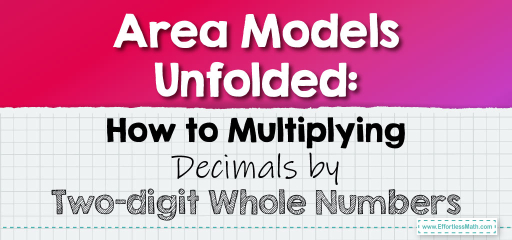
Visualizing with Area Models:
Imagine a rectangle where the length represents one number and the width represents another. The area of this rectangle will represent the product of these two numbers.
Multiplying Decimals by Two-digit Whole Numbers Using Area Models
Example 1:
Multiply \(0.2\) by \(12\).
Solution Process:
1. Break \(12\) into \(10\) and \(2\).
2. Draw a rectangle and partition it into two sections: one representing \(0.2 \times 10\) and the other \(0.2 \times 2\).
3. Calculate the areas of each section.
The Absolute Best Book for 5th Grade Students
Answer:
Using the area model, \(0.2 \times 10 = 2\) and \(0.2 \times 2 = 0.4\). Summing these gives \(2.4\).
Example 2:
Multiply \(0.5\) by \(23\).
Solution Process:
1. Break \(23\) into \(20\) and \(3\).
2. Draw a rectangle and partition it into two sections: one for \(0.5 \times 20\) and the other for \(0.5 \times 3\).
3. Calculate the areas of each section.
Answer:
Using the area model, \(0.5 \times 20 = 10\) and \(0.5 \times 3 = 1.5\). Summing these gives \(11.5\).
Using area models to visualize the multiplication of decimals by two-digit numbers offers a clear and intuitive understanding of the process. It helps in breaking down complex multiplications into simpler parts, making calculations more manageable. Whether you’re learning or teaching, area models serve as a powerful tool to grasp the intricacies of decimal multiplication. Dive into the world of area models and watch the magic of multiplication unfold before your eyes!
Practice Questions:
1. Visualize \(0.3\) multiplied by \(15\) using an area model.
2. How much area represents \(0.4\) multiplied by \(21\)?
3. Use an area model to multiply \(0.1\) by \(32\).
4. Visualize \(0.6\) multiplied by \(14\) using an area model.
5. How much area represents \(0.7\) multiplied by \(11\)?
A Perfect Book for Grade 5 Math Word Problems!

Answers:
1. \(0.3 \times 10 = 3\) and \(0.3 \times 5 = 1.5\). The total area is \(4.5\).
2. \(0.4 \times 20 = 8\) and \(0.4 \times 1 = 0.4\). The total area is \(8.4\).
3. \(0.1 \times 30 = 3\) and \(0.1 \times 2 = 0.2\). The total area is \(3.2\).
4. \(0.6 \times 10 = 6\) and \(0.6 \times 4 = 2.4\). The total area is \(8.4\).
5. \(0.7 \times 10 = 7\) and \(0.7 \times 1 = 0.7\). The total area is \(7.7\).
The Best Math Books for Elementary Students
Related to This Article
More math articles
- Complete Guide to Understanding Deductive Reasoning: Principles and Applications
- 6th Grade SBAC Math Practice Test Questions
- How to Master Integrals
- How to Evaluate Logarithm? (+FREE Worksheet!)
- What Is the Best GED Math Study Guide?
- How to Multiply Exponents? (+FREE Worksheet!)
- Top 10 SSAT Middle-Level Math Practice Questions
- 3rd Grade IAR Math Worksheets: FREE & Printable
- Top 10 Free Websites for CHSPE Math Preparation
- The Ultimate 7th Grade PEAKS Math Course (+FREE Worksheets)








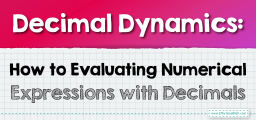

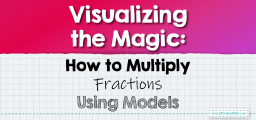
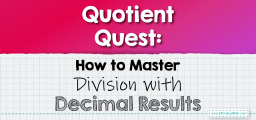
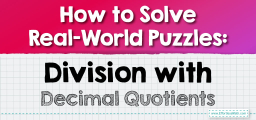
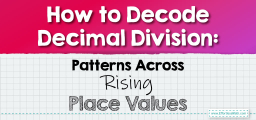
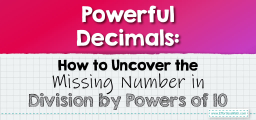
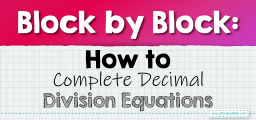
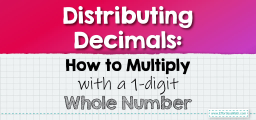
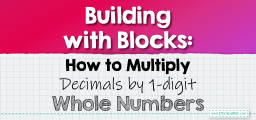
What people say about "Area Models Unfolded: How to Multiplying Decimals by Two-digit Whole Numbers - Effortless Math: We Help Students Learn to LOVE Mathematics"?
No one replied yet.